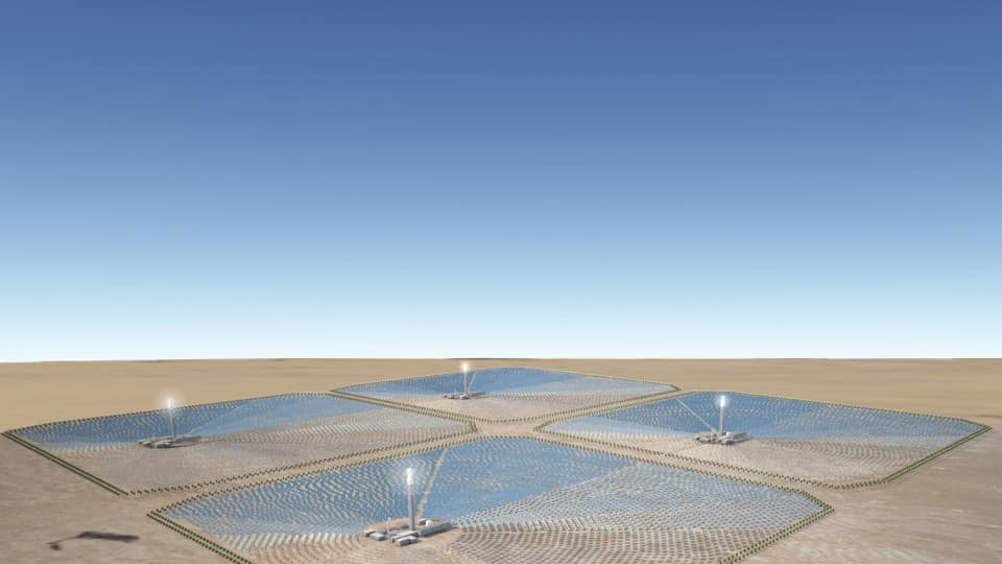Tunisian CSP plant to supply electricity to European grid
Plans have been announced for TuNur, a 2GW concentrated solar power (CSP) facility in Tunisia that would be connected to the European electricity grid.

The project, which is being taken forward in a partnership between London-based investors Low Carbon and utility scale solar developer Nur Energie, is currently undergoing permitting in Tunisia and Europe, and is set to reach financial close and start construction in 2016.
It is claimed that when the project comes online by late 2018 it will have the potential to provide power to more than 2.5 million UK homes.
According to Low Carbon, the majority of the project’s feasibility and preliminary licencing has now been completed including an offer of a 2GW grid connection solution (STMG) from Terna, the Italian grid operator, for an interconnection point in Italy. The project is now entering into the next stage of permitting and development, putting it on track to start construction by the end of 2016.
According to the European Commission’s Institute for Energy, 0.3 per cent of the sunlight that shines on the Sahara and Middle Eastern deserts could supply all of Europe’s energy needs.
Register now to continue reading
Thanks for visiting The Engineer. You’ve now reached your monthly limit of news stories. Register for free to unlock unlimited access to all of our news coverage, as well as premium content including opinion, in-depth features and special reports.
Benefits of registering
-
In-depth insights and coverage of key emerging trends
-
Unrestricted access to special reports throughout the year
-
Daily technology news delivered straight to your inbox










Water Sector Talent Exodus Could Cripple The Sector
Maybe if things are essential for the running of a country and we want to pay a fair price we should be running these utilities on a not for profit...